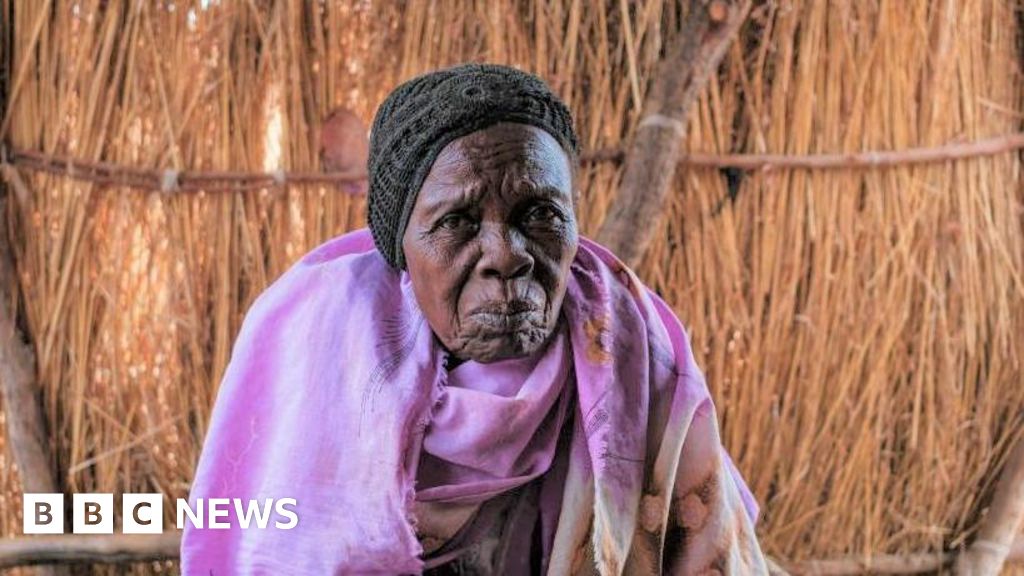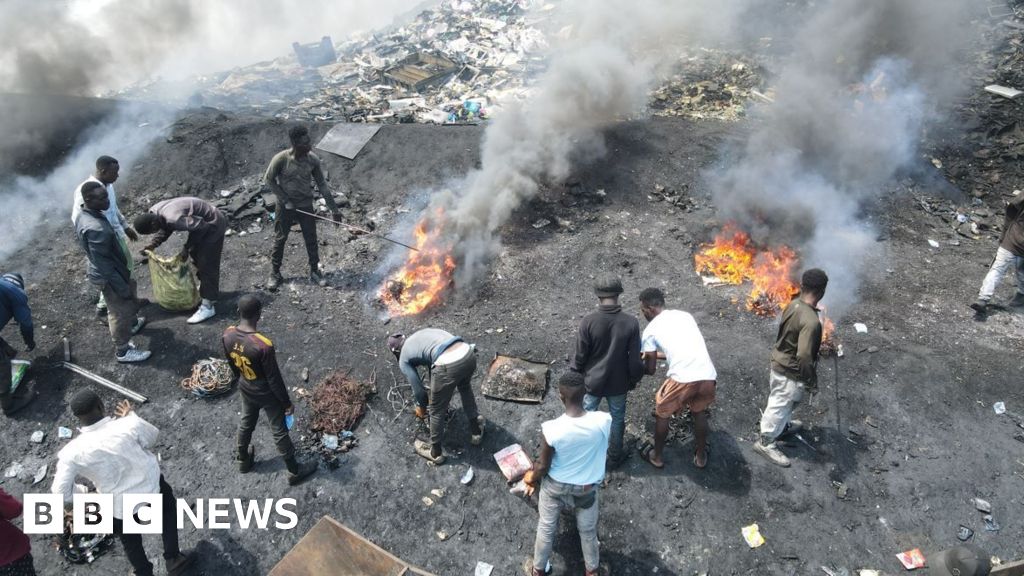Global warming has far-reaching effects, and certain countries, particularly those with low lying coastal regions, are more vulnerable than others. Bangladesh, the largest delta in the world, is at the forefront of the global warming crisis. Its coastal areas are increasingly exposed to rising sea levels, natural disasters, and salinization, all of which have devastating effects on its population.
 Nijhum Dwip is a 20-kilometer-long offshore island in the Bay of Bengal, nearby the South of Hatia Island. The World Wildlife Fund (WWF) has warned that the sea is rising more dramatically and may rise 11.2 inches by 2070, resulting in the shrinkage of this island by 96% within half a century (WWF 2010). Credit: Mohammad Rakibul Hasan
Nijhum Dwip is a 20-kilometer-long offshore island in the Bay of Bengal, nearby the South of Hatia Island. The World Wildlife Fund (WWF) has warned that the sea is rising more dramatically and may rise 11.2 inches by 2070, resulting in the shrinkage of this island by 96% within half a century (WWF 2010). Credit: Mohammad Rakibul HasanThe rise in natural calamities, such as cyclones and tidal surges, worsens the already fragile ecosystem. In this context, Bangladesh serves as a case study of how climate change disproportionately affects some regions, despite their minimal contribution to global emissions.
Bangladesh's vulnerability to global warming is linked to its geography and socioeconomic structure. The nation's low-lying coastal regions are particularly vulnerable to sea level rise, which cyclones and tidal floods exacerbate. Two significant cyclones, Sidr in 2007 and Aila in 2009, ravaged Bangladesh's coastal zones, including the districts of Satkhira, Barguna, Patuakhali, Khulna, and Bagerhat. These events highlighted the urgent need for climate action.
 Water and soil salinity in Satkhira, the most climate-prone district in Bangladesh, is trying to adapt, but the land is adverse to growing crops; people are fleeing to the other districts to save their livelihood even in 2021. The COVID-19 pandemic fueled climate migration more as the supply and growth of food sources have become very minimal. Credit: Mohammad Rakibul Hasan
Water and soil salinity in Satkhira, the most climate-prone district in Bangladesh, is trying to adapt, but the land is adverse to growing crops; people are fleeing to the other districts to save their livelihood even in 2021. The COVID-19 pandemic fueled climate migration more as the supply and growth of food sources have become very minimal. Credit: Mohammad Rakibul HasanCyclone Aila, which struck on May 27, 2009, serves as a stark reminder of the destructive potential of climate-induced disasters. The cyclone claimed 330 lives and left over 8,000 missing. It caused extensive destruction in the coastal district of Satkhira, particularly in the village of Gabura, which was near the Sundarbans mangrove forest. Aila displaced over 1 million people, destroyed natural resources, and wiped out crucial infrastructure. Moreover, a deadly outbreak of diarrhea followed, infecting over 7,000 people, with fatalities reported within days of the cyclone.
The economic cost of Cyclone Aila was staggering. The total damage was estimated at USD 552.6 million. The cyclone also exposed the vulnerability of Bangladesh's public health infrastructure, with millions at risk of post-disaster diseases due to inadequate resources and medical attention.
 This woman lost almost everything when the cyclone Aila hit the territory. She is a widow and lives with her son. Poverty and natural disasters have an impact on women in developing nations like Bangladesh who live near the coastline. These are making them more vulnerable, affecting their livelihoods and security. In Satkhira, the most climate-prone district in Bangladesh, water and soil salinity are a problem and while the region is trying to adapt, crops don't grow there and people are fleeing to the other districts to save their livelihoods. Credit: Mohammad Rakibul Hasan
This woman lost almost everything when the cyclone Aila hit the territory. She is a widow and lives with her son. Poverty and natural disasters have an impact on women in developing nations like Bangladesh who live near the coastline. These are making them more vulnerable, affecting their livelihoods and security. In Satkhira, the most climate-prone district in Bangladesh, water and soil salinity are a problem and while the region is trying to adapt, crops don't grow there and people are fleeing to the other districts to save their livelihoods. Credit: Mohammad Rakibul HasanOne of the long-term effects of climate change in Bangladesh is the rising sea levels, which are already encroaching on the country's coastal areas. As sea levels rise, Bangladesh's coastal regions face increased salinity in both soil and water. The reduced flow of freshwater from upstream rivers during the dry season exacerbates this issue.
Saline water now reaches as far as 240 kilometers inland, rendering agricultural activities increasingly difficult. Farmers, once able to produce several crops per year, are struggling to sustain their livelihoods as crop productivity plummets.
 Much of the flood damage caused by Cyclone Aila was to the water and sanitation systems the Bangladeshi villagers depend on. Floodwaters seeped into supplies used for drinking and washing, and latrines were washed away, allowing raw sewage to increase the threat to diseases such as cholera. This young boy in Gabura, one of the worst-hit villages in the Satkhira district, has access to safe drinking water—but has to cross a river to collect it. Livelihoods have also been lost: freshwater with sewage and saltwater, and seawater continues to flood farmlands at high tide two years on, making it impossible to grow crops. Credit: Mohammad Rakibul Hasan
Much of the flood damage caused by Cyclone Aila was to the water and sanitation systems the Bangladeshi villagers depend on. Floodwaters seeped into supplies used for drinking and washing, and latrines were washed away, allowing raw sewage to increase the threat to diseases such as cholera. This young boy in Gabura, one of the worst-hit villages in the Satkhira district, has access to safe drinking water—but has to cross a river to collect it. Livelihoods have also been lost: freshwater with sewage and saltwater, and seawater continues to flood farmlands at high tide two years on, making it impossible to grow crops. Credit: Mohammad Rakibul HasanThe saline intrusion has also led to a shift in the region's economy, with shrimp farming becoming one of the few viable industries. Shrimp farming, however, brings its own set of environmental challenges, as it requires large-scale land conversion and disrupts natural ecosystems, further trapping seawater in agricultural lands. The transformation of agricultural lands into shrimp farms has also altered the social fabric, contributing to food insecurity and economic hardship.
 A laborer building a dam to protect the border of the river. Every year, more or less, cyclones hit Gabura and its surrounding areas; high tides hit the land and drown houses and crop fields. And often, it kills lives. Credit: Mohammad Rakibul Hasan
A laborer building a dam to protect the border of the river. Every year, more or less, cyclones hit Gabura and its surrounding areas; high tides hit the land and drown houses and crop fields. And often, it kills lives. Credit: Mohammad Rakibul HasanThe Sundarbans, the largest tidal halophytic mangrove forest in the world, play a crucial role in protecting Bangladesh's coastal communities from climate-induced disasters. Sixty percent of the forest lies within Bangladesh, primarily in the districts of Khulna and Satkhira, while the rest extends into West Bengal, India. The Sundarbans act as a natural buffer, absorbing the impact of cyclones and tidal waves. Despite its protective function, the forest is under threat from both environmental degradation and human activities.
As agricultural lands diminish, more people are forced into the forest to collect honey, firewood, and other resources, putting them at greater risk of attacks by wildlife, including the Royal Bengal Tigers. Additionally, pirates and illegal loggers roam the forest, further endangering the livelihoods of those who depend on the Sundarbans for survival.
 An agent from the shrimp farm is checking good quality baby shrimp in the shrimp market. Many people are involved in catching and trading baby shrimps. They catch baby shrimps from the nearby rivers and sell them to earn a living. Shrimp farming is widespread around the coastal area of Satkhira. It is a profitable business, but businessmen are grabbing land from the farmers for longtime contracts for shrimp farming. This farming requires saltwater to cultivate shrimps, and the salt goes deep into the soil day by day, and after a few years, the whole area gets affected by salinity. No crops or trees cannot grow in that territory in the long run. Biodiversity and natural ecosystems get interrupted. Mohammad Rakibul Hasan
An agent from the shrimp farm is checking good quality baby shrimp in the shrimp market. Many people are involved in catching and trading baby shrimps. They catch baby shrimps from the nearby rivers and sell them to earn a living. Shrimp farming is widespread around the coastal area of Satkhira. It is a profitable business, but businessmen are grabbing land from the farmers for longtime contracts for shrimp farming. This farming requires saltwater to cultivate shrimps, and the salt goes deep into the soil day by day, and after a few years, the whole area gets affected by salinity. No crops or trees cannot grow in that territory in the long run. Biodiversity and natural ecosystems get interrupted. Mohammad Rakibul HasanThe impacts of climate change in Bangladesh have forced many coastal inhabitants to migrate in search of safer living conditions and economic opportunities. These displaced individuals, often referred to as "climate refugees," migrate to urban centers or across international borders, particularly into India. The migration is mostly unregulated, leading to significant challenges for both migrants and the host communities.
The story of the coastal communities of Bangladesh reflects a grim reality: climate change has not only stripped them of their homes and livelihoods but also made life increasingly unbearable. As the fairy tale of the king and his daughter suggests, life without salt is flavorless, but for these climate refugees, salt—in the form of increased salinity—is the bitter reality of their lives. The same salt that infiltrates their lands also fills their tears.
Despite the severity of the crisis, it is not too late to take meaningful action to mitigate the effects of climate change on Bangladesh and other vulnerable nations. International cooperation is essential, as the effects of climate change transcend borders. Developed countries, which are historically responsible for the majority of greenhouse gas emissions, must provide financial and technical support to countries like Bangladesh. Without adequate assistance, the human and economic toll of climate change will continue to rise.
Efforts to combat climate change must focus on both mitigation and adaptation. Coastal defenses, improved infrastructure, and sustainable agricultural practices can help protect vulnerable populations. Additionally, international policies must prioritize climate-induced migration, ensuring that displaced persons are treated with dignity and provided with the resources they need to rebuild their lives.
Bangladesh's experience with climate change serves as a stark reminder of the global implications of environmental degradation. The country with its vulnerable coastal areas is emblematic of the challenges that face many developing nations as they struggle to adapt to rising sea levels, increased salinity, and more frequent natural disasters. International cooperation and policy reforms are critical to ensuring that Bangladesh and other nations can withstand the growing pressures of climate change.
IPS UN Bureau Report
Follow @IPSNewsUNBureau
Follow IPS News UN Bureau on Instagram
© Inter Press Service (2024) — All Rights ReservedOriginal source: Inter Press Service

 1 month ago
10
1 month ago
10










 English (US) ·
English (US) ·